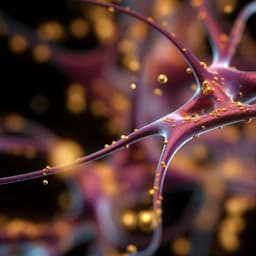
Computer Science
Solving Boltzmann optimization problems with deep learning
F. Knoll, J. Daly, et al.
Discover the groundbreaking machine learning method developed by Fiona Knoll, John Daly, and Jess Meyer to tackle Boltzmann probability optimization problems, essential for advancing Ising-based hardware technology. This innovative approach integrates deep neural networks with random forests, reshaping the landscape of traditional optimization techniques.
Playback language: English
Related Publications
Explore these studies to deepen your understanding of the subject.







